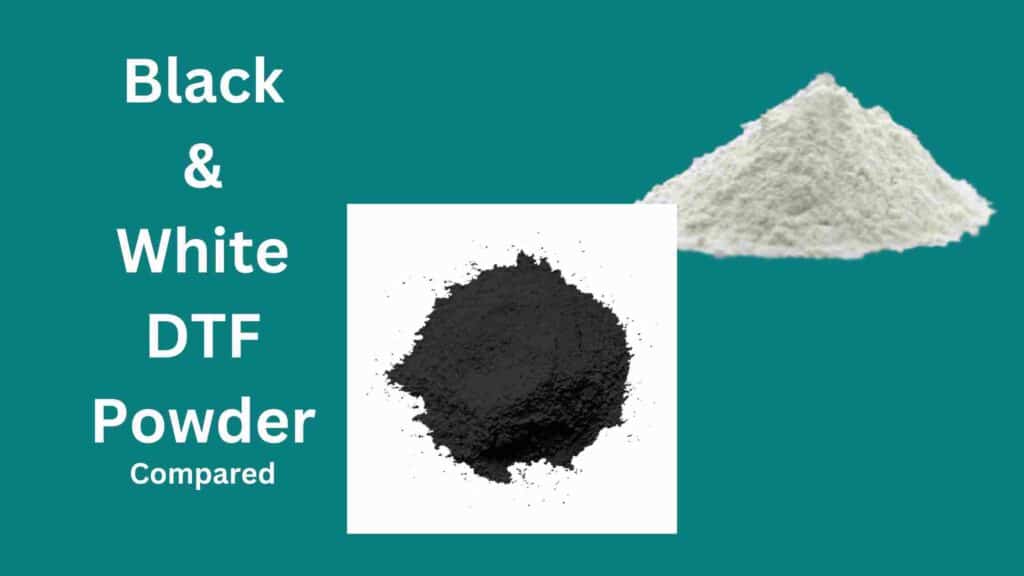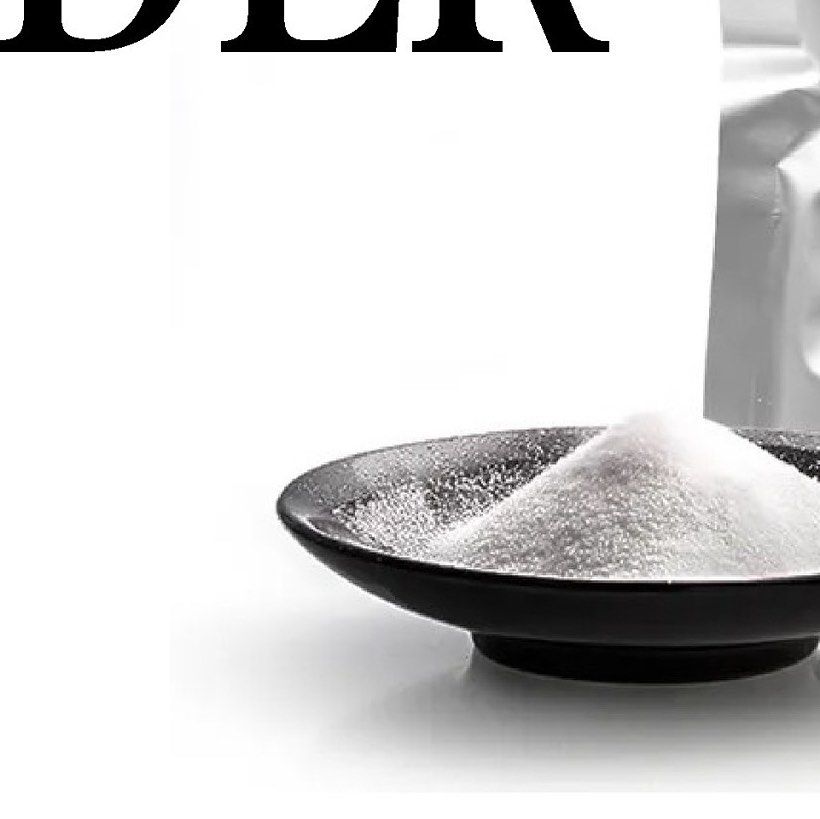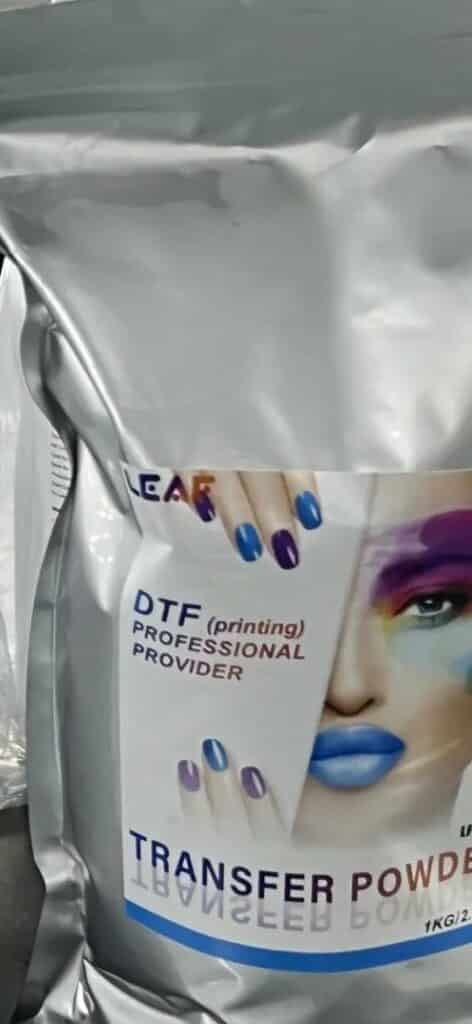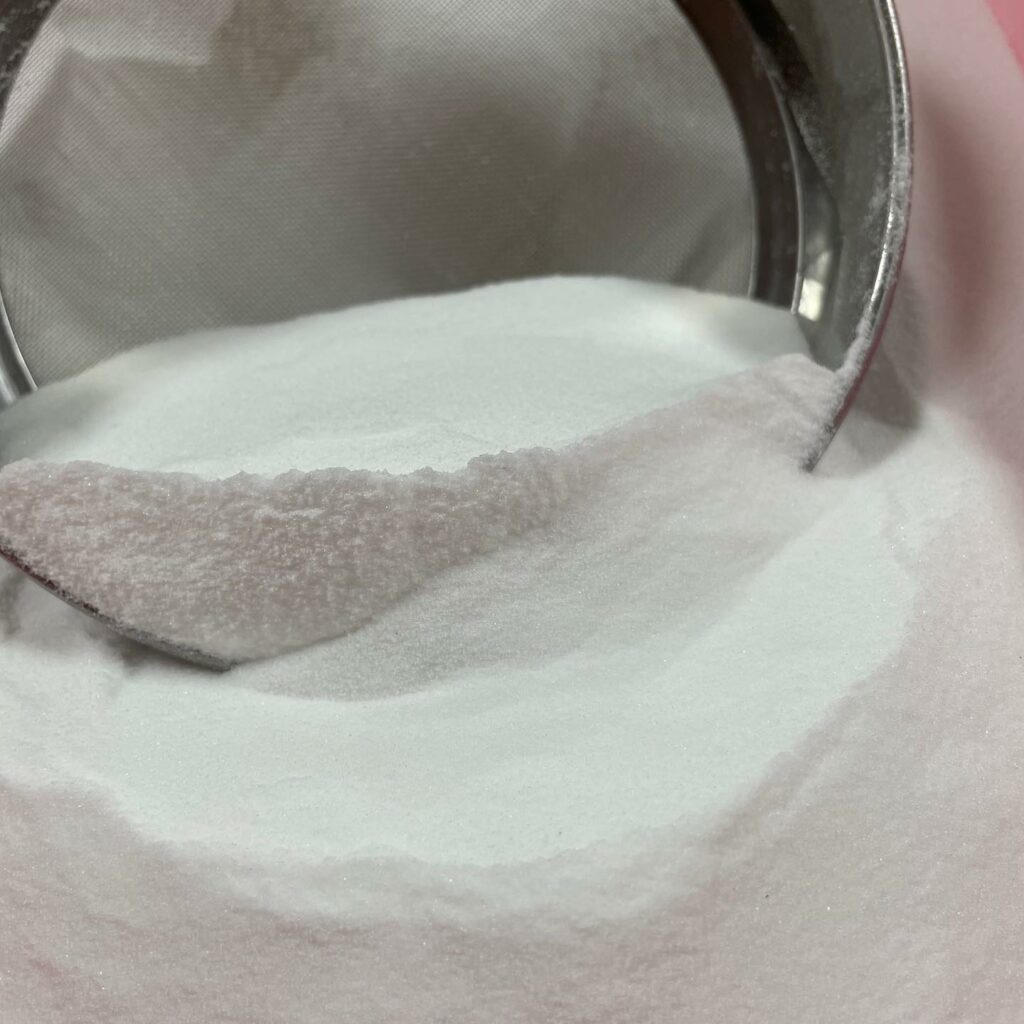Black vs white DTF powder: Direct-to-film (DTF) printing’s ability to print on dark textiles has made it popular in the printing business. However, utilizing the proper kind of powder is necessary to produce high-quality DTF prints. We’ll compare black and white DTF powders in this blog article to help DTF printing company owners choose a powder.
If you own a DTF printing company, you are aware of how important it is to choose the proper powder to produce prints that live up to your clients’ expectations. But choosing the right powder for your requirements might be difficult given the wide variety of options available.
After reading this piece, you’ll understand the distinctions between black and white DTF powders and be able to choose one to generate high-quality DTF prints that fit your clients’ expectations.

Black DTF Powder
Black DTF powder has a dark color since it is often comprised of carbon black and resins. Due to the small size of its particles, it is perfect for printing on dark-colored materials. The black DTF powder also sticks well to the cloth, so the picture stays there for a long time.
It is made of TPU rubber powder and active carbon, which work together to stop melting. It is popular for printing on polyester, bags, and other sublimation-prone textiles.
Best Uses
Black DTF powder works best for printing on dark-colored apparel, such as black hoodies and t-shirts. As it offers superior adherence to natural fibers like cotton, it is also appropriate for printing on textiles with low percentages of polyester or other synthetic fibers.
| Pros | Cons |
|---|---|
| Ideal for printing on dark fabrics. | Limited use on light-colored fabrics. |
| Provides excellent adhesion to natural fibers. | May require additional layers for vibrant colors. |
| Fine particle size for precise printing. | May require additional heat and pressure for good results. |
| Compatible with a variety of printing machines. | Can be messy and difficult to clean up. |
White DTF Powder

White DTF powder is typically made up of titanium dioxide, resin, and other additives that give it a white color. Since its particles are bigger than those of black DTF powder, it is perfect for printing on light-colored materials. White DTF powder also has high adhesive qualities, thus the print will last for a long period on the cloth.
Best Uses
White DTF powder is ideal for printing on light-colored fabrics like white t-shirts, hoodies, and other clothing. As it offers stronger adherence to synthetic fibers, it is also appropriate for printing on materials that include significant amounts of polyester or other synthetic fibers.
| Pros | Cons |
|---|---|
| Ideal for printing on light-colored fabrics. | Limited use on dark-colored fabrics. |
| Provides excellent adhesion to synthetic fibers. | May require additional layers for vibrant colors. |
| Larger particle size for better coverage. | May require additional heat and pressure for good results. |
| Compatible with a variety of printing machines. | Can be messy and difficult to clean up. |
Comparing Black and White DTF Powder

Significant Differences
The following are the primary differences between black and white DTF powder:
- Color: The color is the thing that sets black DTF powder apart from white DTF powder the most. White DTF powder is white, while black DTF powder is dark.
- Particle Size: White DTF powder contains bigger particles than black DTF powder, which has smaller particles. The coverage and accuracy of the print are impacted by this difference.
- Fabric Type: Black DTF powder is best for printing on textiles with dark colors, while white DTF powder is best for printing on fabrics with light colors.
- Adhesion: White DTF powder adheres to synthetic fibers better than black DTF powder, which is better at adhering to natural fibers.
- Additional Layers: Both powders could need more coatings to get brilliant colors, but black DTF powder might need more since it is darker in color than white DTF powder.
You can choose the ideal powder for your unique printing requirements by being aware of these differences. To choose which powder suits you the best, you must experiment with each of them and try them on various materials.
Advantages and Disadvantages
White Powder
Advantages:
- Ideal for printing on light-colored fabrics.
- Provides excellent adhesion to synthetic fibers.
- Larger particle size for better coverage.
- Compatible with a variety of printing machines.
Disadvantages:
- Limited use on dark-colored fabrics.
- May require additional layers for vibrant colors.
- May require additional heat and pressure for good results.
- Can be messy and difficult to clean up.
Black Powder
Advantages:
- Ideal for printing on dark fabrics.
- Provides excellent adhesion to natural fibers.
- Fine particle size for precise printing.
- Compatible with a variety of printing machines.
Disadvantages:
- Limited use on light-colored fabrics.
- May require additional layers for vibrant colors.
- May require additional heat and pressure for good results.
- Can be messy and difficult to clean up.
Choosing the Right DTF Powder

When it comes to choosing the right DTF powder for your business, there are a few things to consider:
- Fabric Type: The cloth you’ll print on determines the DTF powder you use. White DTF powder works best for printing on light-colored textiles whereas black DTF powder is great for printing on dark-colored fabrics.
- Color vibrancy: Both powders may need more coats if you want to get vibrant colors. However, owing to its deeper color, black DTF powder can need additional coatings.
- Adhesive: Due to its superior adhesive qualities, black DTF powder is a preferable option for printing on natural textiles like cotton. The optimum choice for printing on synthetic fabrics is white DTF powder.
- Particle Size: Black DTF powder’s smaller particle size is suitable for precision printing. The greater particle size of white DTF powder is preferable for better coverage.
- Printing Machine: Both powders work with a range of printing devices. However it’s crucial to confirm that the powder you choose is compatible with your device.
Yamation DTF Powder Adhesive White 500g
- Strong Adhesion and Reliable Fastness
- Uniform Particle and Soft Feel
- Bright Colors and Vivid Pattern
- Widely Application and Easy Storage
- Wide Compatibility DTF Powder
- Bright Colors & High Quality
- Waterproof & High Durability
- Reliable After-sales Support and 100% Money Back
Welcar DTF Powder Adhesive 500g
- Super Adhesion
- Vivid Color
- Suitable for all DTF Printer and All sublimation Printer
- Easy to storage & Long Lasting
- Print On All Fabrics
- No Clogging
- Durable & Brightly Colored
- 60 days risk-free warranty
- Wide Compatibility
- Print on All Fabric All Color
- Waterproof and washable, durable
- Softening, Brightening
- Bright Color & Clear
- Double Side & Jam Free
- No Fade & Washable
- Wide Application
What Shade of Powder Should I Use?
The color of the cloth you are printing on will determine the shade of powder you should use. Utilize white DTF powder for printing on light-colored materials. Use black DTF powder for printing on textiles with a dark tone.
The improper powder color can result in poor color vibrancy and adherence, which can impair the quality of the finished product. For the finest effects, it’s crucial to choose the right powder color for your particular DTF application.
It’s also important to keep in mind that certain DTF powders could come in various colors, such gray or yellow. These colors are often used to produce a particular color tone or for certain uses. Consider the fabric color, desired color tone, and application when selecting a DTF powder.
Can you use black DTF powder for sublimation?
No, black DTF powder cannot be used for sublimation printing. Direct-to-Film (DTF) and sublimation printing are two distinct procedures that need for different supplies and tools.
A heat press transfers an image printed on a specific film onto a garment using DTF printing. To make sure that the picture sticks to the clothing, DTF powder is utilized as an adhesive.
On the other hand, sublimation printing entails printing a picture using sublimation ink onto a unique transfer paper. After that, the transfer paper is applied to the garment and heated and compressed, causing the ink to sublimate (convert to gas) and adhere to the fabric fibers.
Black DTF powder is incompatible with the sublimation process, hence using it for sublimation printing would not be successful. For sublimation printing, transfer paper and sublimation ink are needed.
Conclusion | DTF black powder vs white powder
In conclusion, the decision between black and white DTF powder relies on the application and cloth color. Black DTF powder is good in preventing sublimation on dark-colored textiles, whereas white DTF powder is adaptable and suited for any fabric color. Both have pros and cons, so the choice should be made based on what the person wants and needs.
FAQs
To prevent bleeding and fading on dark materials, black DTF powder is used. It prevents sublimation with TPU rubber powder and activated carbon.
While it is feasible to use white DTF powder on dark materials, the brilliant colors produced may not be as strong, and the print may come out faded or dull. The most common recommendation for printing on dark-colored materials is black DTF powder.
It is not advised to use black DTF powder on light-colored materials since it could reduce the color brightness and cause a faded or lifeless print. In general, white DTF powder works better when applied to light-colored materials.
White DTF powder can print on any cloth color. Its bigger particle size enables more effective printing and greater coverage. Black DTF powder is not always the best option for all purposes since it is intended primarily for use on dark-colored materials.

Ashley Wang is a skilled sales manager with knowledge in DTF printing. She presently works for ShenLan Digital, a reputable DTF printer maker. Ashley is the best person to offer advice on selecting the most suitable DTF printer because she has tested a lot of them. She launched DTFPrinterSchool to educate individuals and organizations about DTF printing technology, providing her expertise and observations on the most recent advancements in the sector. Ashley is an invaluable resource for businesses and individuals wishing to invest in DTF printing technology because of her expertise and experience in the industry.






